Spring is here!! Look around and you’ll see lots of happy and healthy plants enjoying the sunshine and putting on fresh new growth. We hope you feel the same way! Here are our top must-do’s in the garden this month to help you have the best Spring season and beyond.
Check out our March Garden Guide for more tips!
1. Plant Level – Not Too Deep!
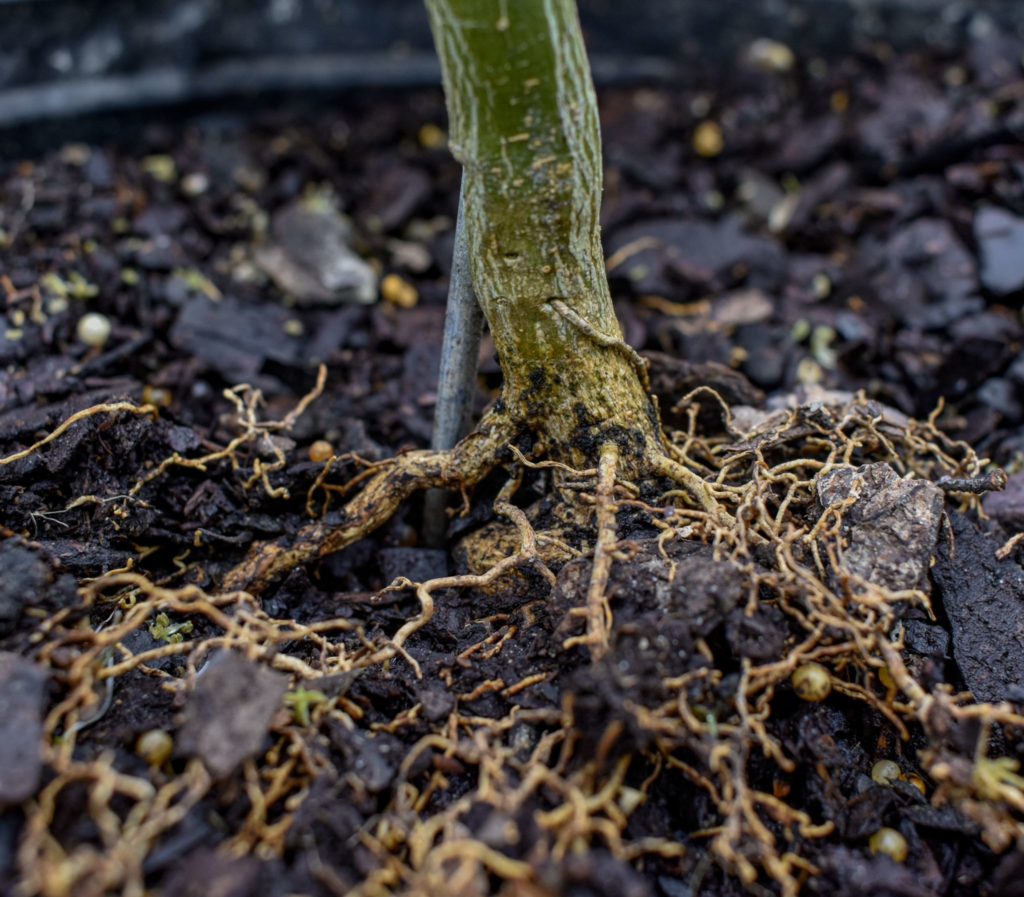
When planting this Spring, DON’T PLANT TOO DEEP! Plant level with the surrounding soil (or even slightly higher) and don’t cover the top of the root ball with soil. Most plants have tiny feeder roots on the surface of the root ball that are critical for taking up nutrients and for oxygen exchange. If you bury these surface feeder roots, the plant will suffocate and decline. After you plant, remember that plants need long, deep drinks of water. Watering often does not equal watering well. Use a moisture meter to be sure you’re getting moisture down into the ground when you water.
2. Start Your Spring Veggie Garden!

It’s time! We are thrilled to have a big healthy selection of Spring veggies and fruit trees this year. One thing we recommend for starting all veggie gardens is Nature’s Blend compost – the closest thing we’ve seen to ‘magic in a bag’! One bag improves about 12 sq ft of clay or sandy soil and gets it ready for planting. That’s a good approximate ratio if you make your own compost too. Remember that you can grow food almost anywhere! Re-watch James Gill’s container gardening video for tips and inspiration.
3. Invite Pollinator Friends to Your Garden
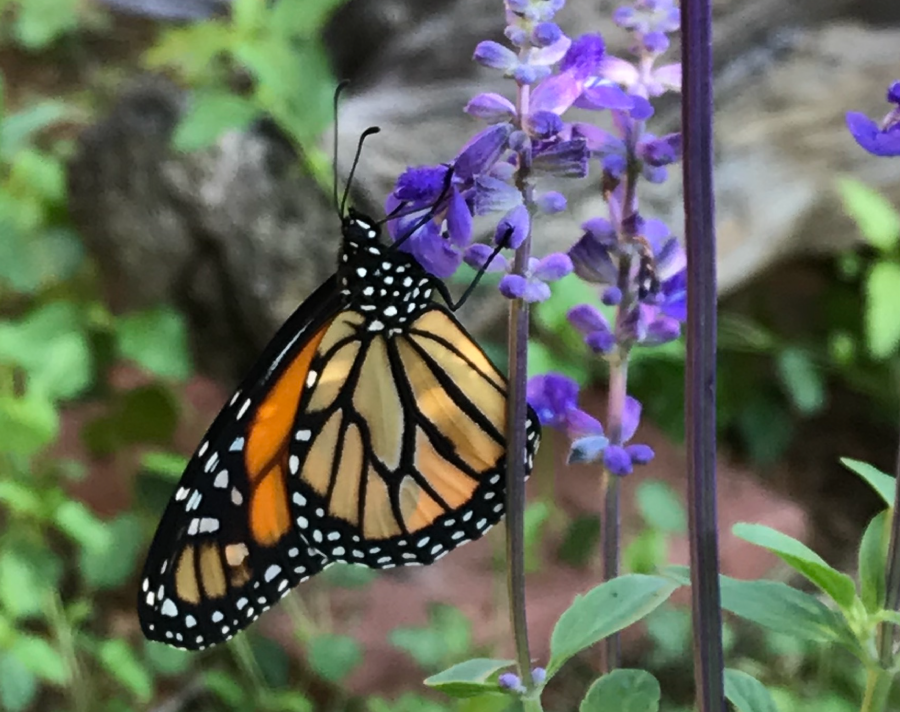
Now is a great time to incorporate plants into your garden that attract & feed the birds, bees, butterflies, and other pollinators. They need your help finding food and shelter, and you need their help pollinating your blooming plants, increasing your veggie production, and eating bad bugs. Bees are drawn to most anything with a bloom but some fav’s are native Gregg’s Mist Flower, Esperanza, & Lantana. Butterflies love Salvias and Mexican Flame Vine too. Native plants like Turks Cap and Yaupon Holly produce berries for birds, and Hummers love Duranta, Mexican Honeysuckle, & lots more! Keep in mind that pollinators need help locating these food sources. Think about planting several of the same plant together to help make them more visible to our pollinator friends.
4. Fertilize Now – Except Lawns
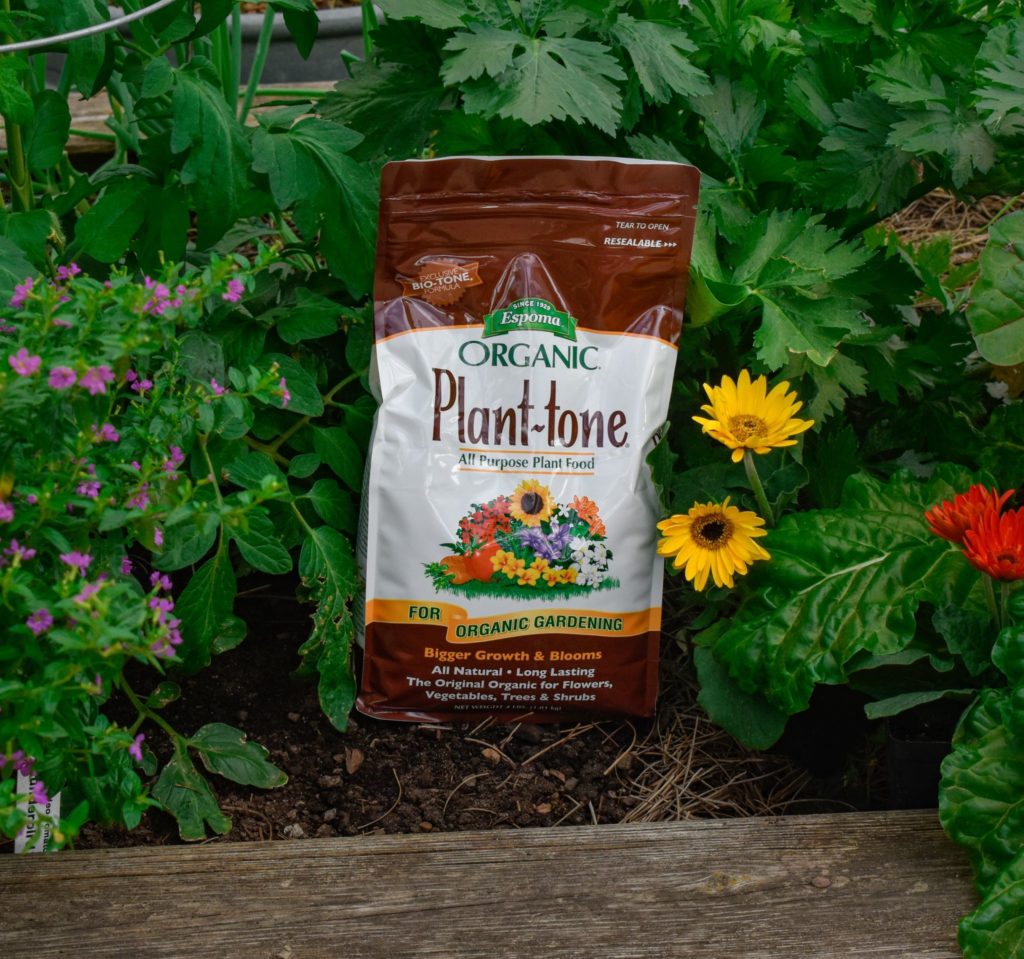
Spring’s here and plants are actively growing. That means they need food, just like us! Flowers and veggies are especially heavy feeders because they’re working to produce a bloom and fruit. And you will certainly notice a difference with your ornamental plants as well. Apply a good all-purpose organic food like Plant Tone or Medina Growin Green once a month for great results. Don’t sprinkle your granular fertilizer right up against the trunk of the plant. Instead, sprinkle at the drip line, aka where rainwater would drip off the outermost leaves. That’s the zone where plants take up nutrients. After you’ve applied your granular food, circle back every 2 weeks to supplement with liquid Hasta Gro. Almost everything should be fed this time of year, except lawns. More on lawns below…
5. Apply Pre-Emergent Weed Control Now and Wait to Fertilize Lawns
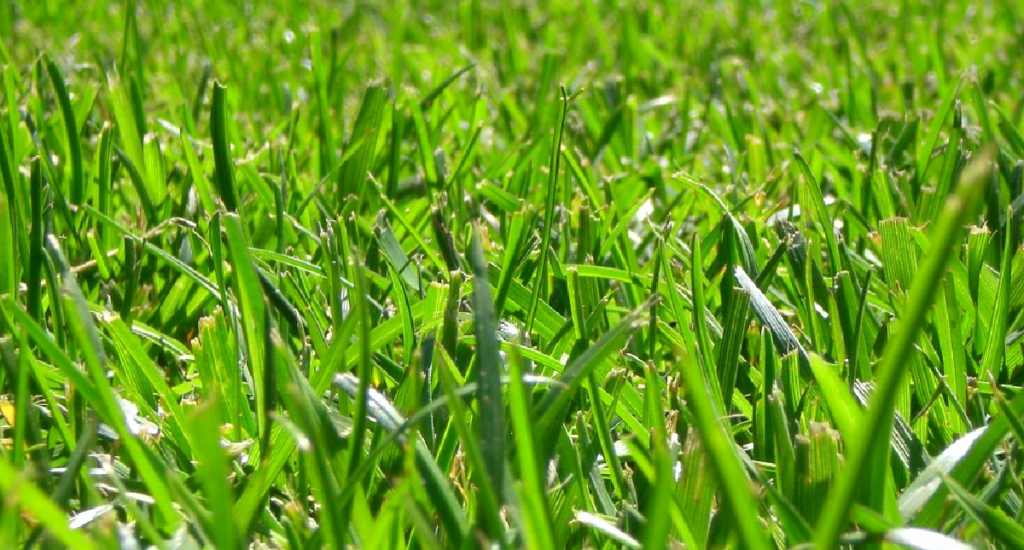
Lawns are coming out of dormancy and just now starting to actively grow, which means we need to wait a few more weeks before applying fertilizer. But right now is the time to apply pre-emergent weed control to kill weeds before they emerge. We recommend Hi Yield Weed and Grass Stopper with Dimension. Remember that pre-emergent weed controls are root growth inhibitors. They work by penetrating down into the top layer of soil where weed seeds are, but not down deep enough to affect grass roots. They should only be used in areas where you have thick, healthy grass with established roots, not areas where you plan to plant more grass this spring or thin areas where you want grass to fill in. If you have weeds that have already sprouted, spray lawns with Weed B Gon, Image, or organic Captain Jack’s Lawn Weed Brew. All three are safe for Floratam St. Augustine lawns. Or you can spot treat weeds with organic Captain Jack’s Dead Weed Brew. Bottom line: control weeds now BEFORE you fertilize in late March/early April. This is why we don’t recommend using “weed and feed” type products.
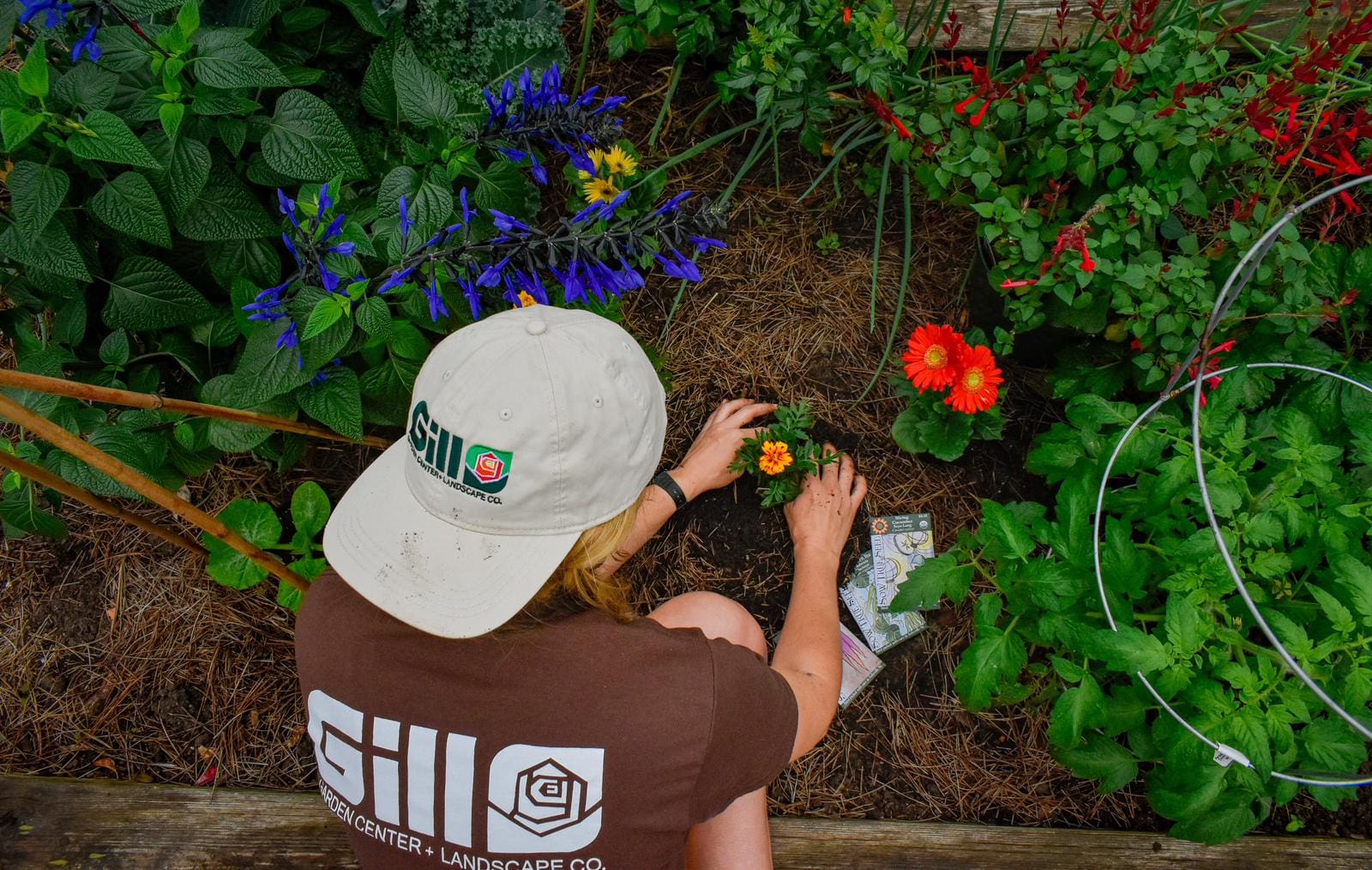


Sandra Williams says
My Mexican flame vine died back this ‘winter.” How long do I wait to see if it comes back from the roots? Haven’t seen any green under the bark.
Jesse Jenkins says
Hi Sandra – cut it back to the ground, be sure you’re watering well, and give it a little food. Then wait another 2-3 weeks to see if any new growth comes up.
Nicole Tirado says
What do you recommend to kill Bermuda grass growing amongst St Augustine grass?
Jesse Jenkins says
Hi Nicole – that’s very common and there’s not a quick solution. Keeping your St. Augustine healthy (proper watering and fertilizing) is the best approach. The St. Augustine will generally choke out the Bermuda, but you will likely have Bermuda creep in from time to time.